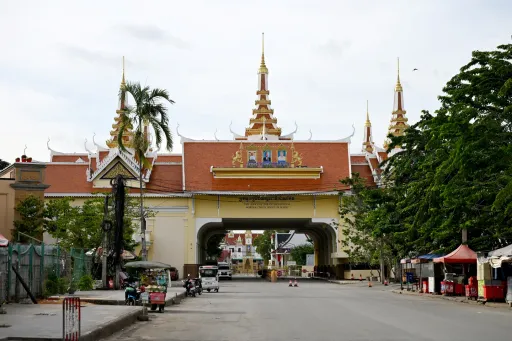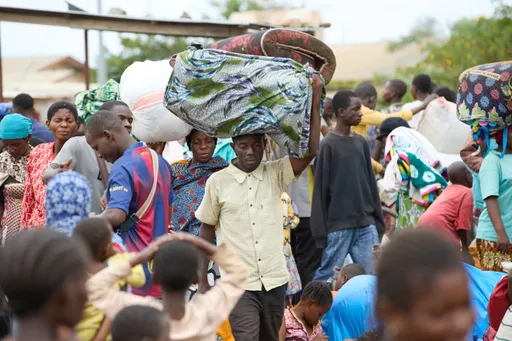There are no signs that the war in Sudan is slowing down after 20 months, the UN Refugee Agency (UNHCR) warned on Friday, saying that funds are insufficient to handle the recent surge in arrivals in South Sudan, which is overwhelming services in border areas.
UNHCR Representative in South Sudan Marie-Helene Verney said that the humanitarian response to support the sudden influx remains “woefully underfunded,” with only 24% of people’s needs this year received.
“In less than three weeks, over 80,000 people have sought safety in South Sudan following the escalation of fighting in Sudan's White Nile, Sennar, and Blue Nile States—more than tripling the average number of daily arrivals compared to previous weeks,” said Verney at a UN press conference.
The majority of those fleeing are women and children with critical humanitarian needs, arriving mainly through remote and hard-to-reach border crossings and settling in small border villages.
'Sheltering under tress'
Nearly 1 million people have entered South Sudan since the Sudan conflict began in April 2023.
Those fleeing Sudan's latest wave of violence include both Sudanese and South Sudanese refugees who had previously lived in Sudan's White Nile State, which had been relatively safe since the conflict began, said the UN official.
“Refugees and returning South Sudanese are staying in makeshift shelters, and some are sheltering under trees,” Verney told the media.
“Despite the limited services and resources available in these border locations, many are reluctant to move onwards, hoping the security situation improves in Sudan, allowing them to return home swiftly.”
The refugee agency official said that assessments at Joda, the main border crossing between Sudan and South Sudan, show malnutrition rates exceeding the emergency threshold.
Supplies critically low
Treatments are out of stock, and food supplies are critically low, worsening the nutrition situation, particularly for children aged under five and pregnant and lactating women, said Verney.
“Lack of clean water and insufficient latrines and sanitation facilities are also exacerbating the situation, posing a real risk of the spread of cholera and other deadly diseases. Local health facilities are either limited, overwhelmed, or nonfunctional,” she noted.
➤Click here to follow our WhatsApp channel for more stories.
























